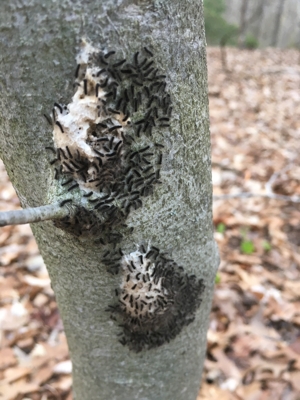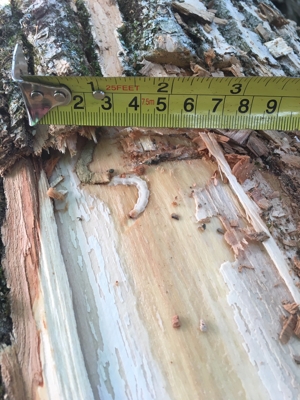Non-native, invasive plants and insects can be serious impediments to forest health and habitat quality. Infestations of invasive shrubs like Japanese barberry have been linked to such issues as tick abundance and associated tick-borne diseases. Non-native insects such as emerald ash borer and gypsy moth caterpillars can have devastating impacts on our forest canopy, and recently have killed millions of trees.
Invasive plants and shrubs are more than just a nuisance, they can have serious impacts on local open spaces, habitat areas preserves and woodlands. Invasive shrubs in woodland settings can occupy spaces that native shrubs and plants might otherwise grow, can inhibit desirable tree seedlings from becoming established and can, in the case of Japanese barberry, harbor populations of disease-carrying ticks.
To learn about invasive plants, their impacts throughout Connecticut and what might be done about them, you are encouraged to visit the web site of the Connecticut Invasive Plant Working Group.

